#transatlantic history
Text

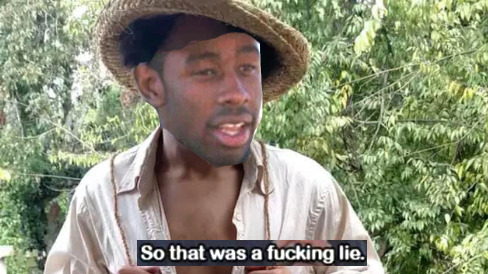
729 notes
·
View notes
Note
Favourite Irish history fact?
Now this is VERY difficult but right now it's probably the way that renowned early eighteenth century presbyterian philosopher samuel boyse, who ran in the same circles as the people who started the scottish enlightenment and whose religious thought strongly influenced modern ireland on both sides of the border through william drennan, would raise money when he couldn't pay his rent

#bonus story I first read this while trying to get home at four in the morning in the dublin airport in june of last year after spending#an entire transatlantic flight dead awake and I laughed so hard I choked a crisp and a stranger nearly had to perform the#heimlich manoeuvre on me. memories ♥️#ID in alt#asks#anon#irish history#jory.txt
39 notes
·
View notes
Text


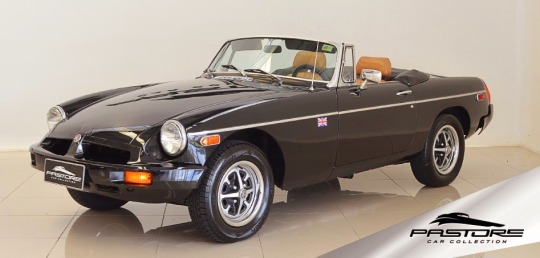




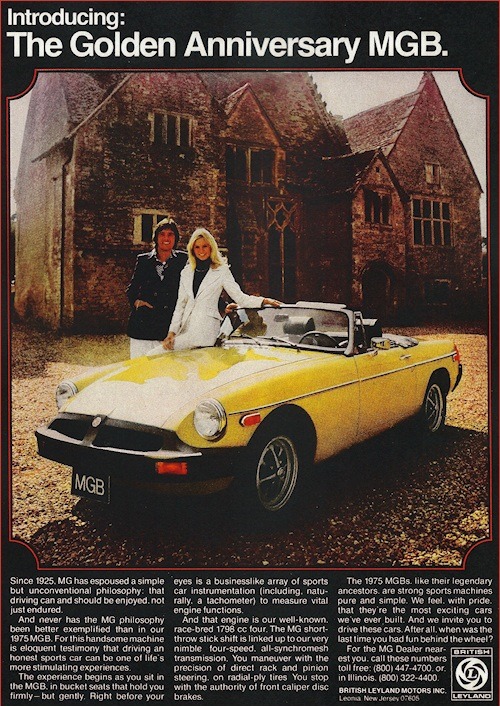
🇬🇧 Embark on a journey through time with the iconic MG MGB —a classic car that has captured the hearts of enthusiasts around the world! Since its introduction in the 1960s, the MGB Roadster has been synonymous with British motoring heritage, combining timeless design with exhilarating performance.
👉 The story of the MG MGB begins in 1962 when it made its debut as the successor to the popular MGA. Designed to appeal to a new generation of drivers, the MGB featured sleek lines, a convertible top, and a powerful engine, making it an instant hit among sports car enthusiasts.
🚘 Under the hood, the MGB was powered by a range of inline-four engines, delivering lively performance and agile handling. Its lightweight construction and responsive steering made it a joy to drive, whether cruising along winding country roads or tackling hairpin turns on the racetrack.
💡 The MGB quickly gained a reputation for its reliability and affordability, earning it a dedicated fanbase that continues to grow to this day. With its timeless design and spirited performance, the MGB remains a sought-after classic car among collectors and enthusiasts worldwide.
⚙️ Over the years, the MGB underwent various updates and revisions, reflecting advancements in automotive technology and design. Despite changes in the automotive landscape, its enduring appeal and iconic status have cemented its place in automotive history.
🌟 Whether admired for its elegant lines, spirited performance, or rich heritage, the MG MGB Roadster continues to captivate drivers and enthusiasts with its timeless charm and undeniable charisma.
#brits and yanks on wheels#retro cars#transatlantic torque#vehicle#cars#old cars#brands#companies#automobile#american cars#mg#mg motor#mg rover group#british automotive#british motor corporation#british cars#british leyland#english cars#old car#classic car#cool cars#race car#sport cars#sports cars#vintage cars#history#morris garage#classic cars#automotive#industry
22 notes
·
View notes
Text

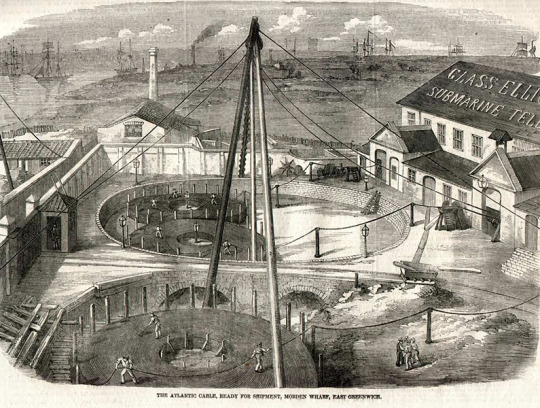

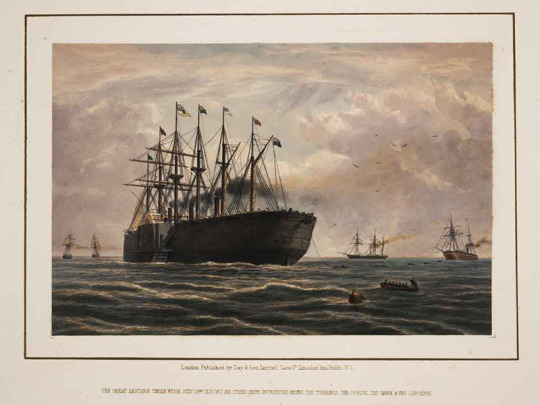

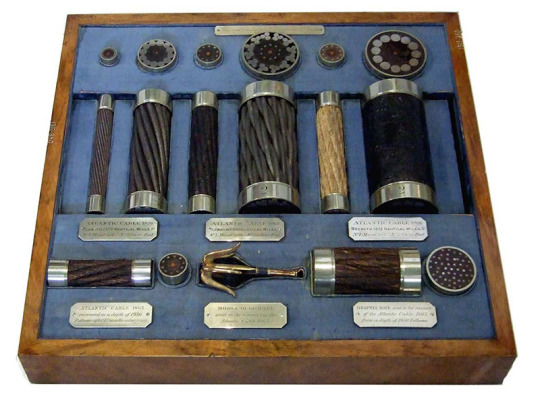

George Elliot – Scientist of the Day
George Elliot, an English manufacturer, was born Mar. 18, 1814.
read more...
#George Elliot#transatlantic cable#wire rope#telegraph#histsci#histSTM#19th century#history of science#Ashworth#Scientist of the Day
16 notes
·
View notes
Text
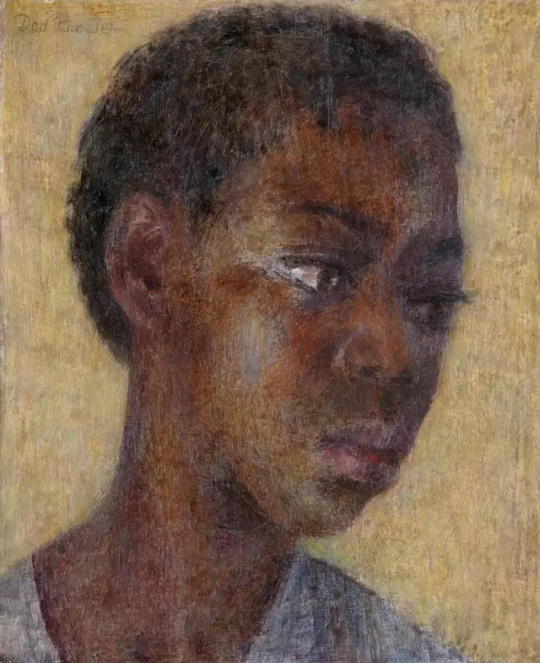
Jamaican Girl, ca. 1956-60
Dod Procter RA (1891 - 1972)
RA Collection: Art
Procter travelled widely, and had already visited Asia, Africa and North America before she began regularly visiting Jamaica during the 1950s. She painted many portraits of Jamaican children during her stays, including this portrait which the RA purchased after it was shown in the 1960 Summer Exhibition.
Procter painted Jamaican Girl in the late 1950s, at a time of increased tensions surrounding the growing black presence in Britain and increasing momentum towards Jamaican independence. None of this, however, is registered in the pensive face of Jamaican Girl.
#black woman#black beauty#beauty#natural hair#dark skin#black history month#british history#jamaican history#slavery#transatlantic slavery#human atrocity#delicate#dod procter#dod procter ra#black british#colonisation
43 notes
·
View notes
Text
Forget 'Walking The Plank.' Pirate Portrayals—From Blackbeard to Captain Kidd—Are More Fantasy Than Fact.
How we think famous swashbucklers walked, talked, and dressed didn't come from the history books, so where did these pirate myths come from?
— By Jamie L. H. Goodall
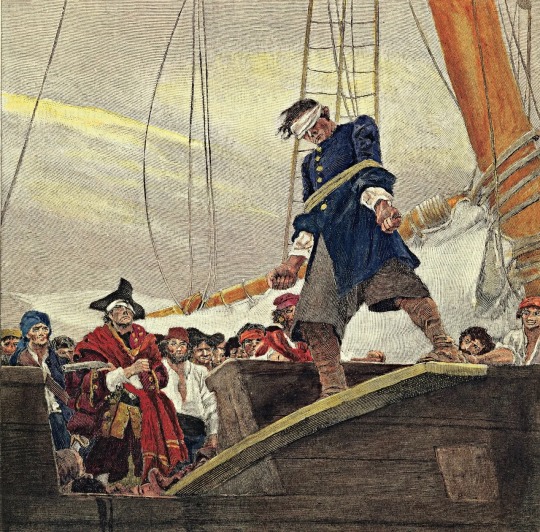
An illustration from 19th-century artist Howard Pyle depicts a man being forced to walk the plank. Although there is no record of this type of punishment, it remains popular in pirate mythology. Photograph By Image Courtesy of Bridgeman Images
Say “pirate,” and people envision grizzled men with eye patches, parrots, and treasure maps. They picture buccaneers forcing their victims to walk the plank, and crying “Shiver me timbers” as they fly the Jolly Roger flag. It turns out, many of these stereotypes are not true. Pirates have been around for nearly as long as people have sailed the world’s waters, and, in fact, still exist. It’s just how they’ve been depicted that’s often misleading. So where did these misinterpretations come from?

A replica pirate ship cruising the Caribbean Sea near the Dominican Republic. Photograph By Thomas Grau, Alamy Stock Photo
Pirate Fashion
Pirates are commonly portrayed wearing colourful attire. He may sport as a loose-fitting shirt with a bandana around his head, a scarf around his waist, ripped pants, wearing tattered boots, like Captain Jack Sparrow from the Pirates of the Caribbean film series. Or he may appear a bit foppish, much like Stede Bonnet, the "gentleman pirate" in the 2022 series Our Flag Means Death.
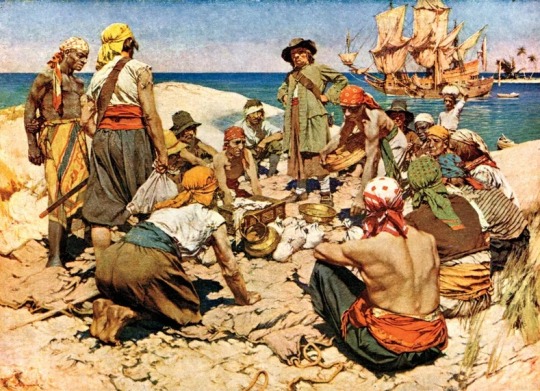
Common pop culture depictions of pirate garb, as shown here in this early 20th century artwork, are often based on fanciful descriptions of their attire and language. Photograph By Image Courtesy of Bridgeman Images
Unfortunately, these looks are just not true. Much of this ostentation came from American artist Howard Pyle, who took his inspiration from Spanish bandits of the late 19th century. Sailors in the 18th century, pirates included, wore things such as loose pants cut off at the knee and thigh-length blouses.
Prosthetic limbs are another common pirate trait. It’s true some pirates had a wooden leg or hook hand, though it probably wasn’t the norm. More often than not, amputations at sea were likely a death sentence. While ships carried medicine chests, and medical care was often meted out by someone on the crew, infection and blood loss could lead to death. Even if a pirate survived an amputation, his ability to fight would be limited. But losing a limb didn’t mean one could not continue on the ship; the person might serve the crew, for instance, as a cook.
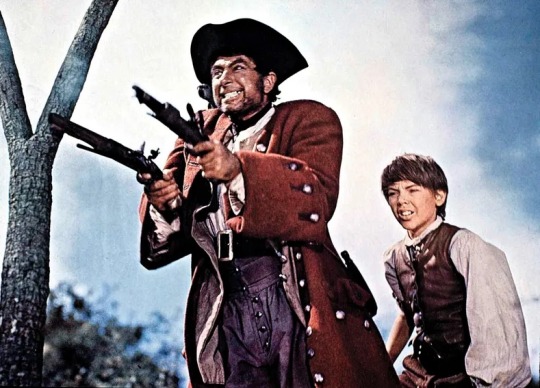
Many pirate clichés stem from the 1950 film 'Treasure Island,' featuring Robert Newton as the fictional pirate Long John Silver. Photograph By United Archives GMBH, Alamy Stock Photo
Pirate Talk
Common pirate phrases—such as Arrrrr me mateys!” and “Shiver me timbers!”—are common in pirate movies and pop culture. But they’re not legitimate things a pirate would actually have said. Robert Louis Stevenson imagined some of them for his 1883 novel Treasure Island, published more than 150 years after the “golden age” of piracy.
The trope of talking like a pirate is mostly a product of 20th-century Hollywood. In particular, British actor Robert Newton, who played both Blackbeard and Long John Silver. His portrayal of the fictional captain in the 1950s rendition of Treasure Island used an exaggeration of his own West Country accent and would define the sound of a pirate's accent. His portrayal also popularised many of the sayings associated with pirates today. In reality, pirates most probably spoke in a manner similar to all sailors of the time.
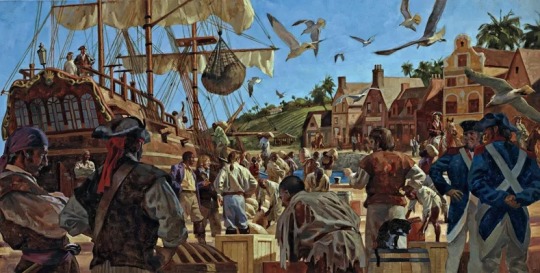
An artist imagines the often-willing markets pirates found throughout the Atlantic world for their stolen loot. Transatlantic trade was critical for the success of European colonies. Photograph By Gregory Manchess
Treasure, Buried or Otherwise
Captain Kidd may have buried his treasure, but that was a rare exception for most pirates. Typically, they spent their ill-gotten gains on women and alcohol at pirate-friendly ports as quickly as they could. Burying treasure would be dangerous due to shifting sands and tides, so one might easily lose their treasure. And there was a distinct lack of trust, not knowing if others might deceptively go back to dig up the treasure on their own.
Also, much of the loot pirates collected was not in the form of silver or gold. Such treasure would have been difficult to come by. The more common "booty" would have been whatever goods or commodities they could get their hands on, including timber, furs, silks, cotton, spices, and medical supplies. They also loaded up on items to perform necessary repairs on their ships, including cable, rigging, and sails.

Top Left: A gold bar and coins recovered from the Spanish galleon 'Las Maravillas' that wrecked in 1656 near the Bahamas. Photograph By Jeff Rotman, Nature Picture Library, Alamy Stock Photo Top Right: Prized Spanish coins, or pieces of eight, recovered from the wreck of the 'Whydah Gally'. Photograph By Zuma Press Inc., Alamy Stock Photo Bottom: Wooden treasure chests were typically studded with metal to reinforce them. Photograph By Andyroland, IStock, Getty Images
Pirate Codes
There is evidence that many pirate crews adopted a code of honour or articles of agreement, mostly to keep order on board the ship. These codes dealt with everything from how to divvy up loot, to what happened to pirates if they became injured in the line of duty, to how bad behaviour would be dealt with, to how prisoners would be treated. Some pirate articles have survived to this day, including the code of Englishman George Lowther and his crew, which, for example, compensated a person who lost a limb during a skirmish.

The 1724 articles of Captain John Phillips of the 'Revenge' discuss matters such as theft on board the ship and compensation for limbs lost during battle. Photograph By British Library Board. All Rights Reserved, Bridgeman Images
If a pirate violated the code, it is unlikely they were made to "walk the plank." Little to no historical evidence exists to support that practice, which was largely pulled from fiction, including Treasure Island. If victims were punished in some way, it was typically via keelhauling. Keelhauling was arguably a more hideous fate that involved an individual being tied to a rope and dragged under the ship. Victims of keelhauling either died by bleeding out from injuries inflicted by barnacles on the hull of the ship or by drowning. Other forms of punishment ranged from being thrown overboard to being lashed to being marooned on a desert isle.
Pirate Ships 🛳️ 🚢
Most pirates did not sail Spanish galleons, or even the frigates such as Captain Jack Sparrow’s Black Pearl. They favoured small, more manoeuvrable vessels, which allowed easy escape from larger warships that chased them. During the 16th and 17th centuries, sloops were the most common choice for pirates. They were quick and had a shallow draft, making easier escape into shallow waters. Schooners were another favourite of pirates. Similar to sloops, schooners were fast, simple to manoeuvre, and could easily hide in estuaries because of their shallow draft.

Top: A replica of the 17th-century Spanish galleon 'Neptune'. Photograph By Volodymyr Dvornyk, Shutterstock Middle: A crew raises the anchor from what is believed to be the remains of the pirate Blackbeard’s flagship, 'Queen Anne’s Revenge.' It was discovered in Beaufort Inlet, in Carteret County, North Carolina. Photograph By AP Photo, Robert Willett, The News & Observer
Bottom Left: The National Museum of the Royal Navy in Hampshire, England, displays a Jolly Roger that once belonged to Admiral Richard Curry, who seized it from pirates off the North African coast in 1790. Photograph By Andrew Matthews, Getty Images Bottom Right: Coves, such as this one near Bridgetown, Barbados, would have made perfect hideouts for pirates. Photograph By Fabio Mauri, Eyeem, Getty Images
And, despite popular myth, most pirates did not fly the famous Jolly Roger—a skull and crossbones symbol on a black flag. Some flew a black flag, which meant the pirate was willing to give quarter, while a red flag meant blood and certain death. Blackbeard’s flag showed a skeleton holding a spear pointing at a bleeding heart. Pirate crews also often held the flags of several different nations so they could raise a particular flag to signal being “friendly” to a passing ship, only to raise their pirate flag once they were in close enough range to attack said vessel.
Pirate Fights
One thing that most of the pop culture depictions of pirates got somewhat right is that they liked versatile weapons. Cutlasses, short swords with a slightly curved blade, could be used to effectively fight in the confined areas of a ship and could also be used to butcher meat.

Top: Bar shot were common tools for pirates, who used them at close range to destroy the rigging and sails of enemy ships. Due to the weights on either end of the bars, they would spin uncontrollably after being fired from a cannon. Bottom: This musket’s barrel and stock were cut down, likely so a pirate could more easily use it in close combat. Photographs By Kenneth Garrett
Pirates also enjoyed using a gun known as a blunderbuss. It had a distinct flared muzzle that sprayed small lead balls at intended victims. Cannons were also common onboard pirate ships. They could be loaded with chain shot (two cannonballs chained together), grapeshot (small cannonballs), or basic cannonballs. Their targets often didn’t stand a chance.
While books, movies, and popular culture may have taken liberty with descriptions of pirates through the ages, these pillagers have terrorised the seas for more than 2,000 years in one form or another, plundering victims and striking fear into their hearts. The most recent pirates work off the coasts of Somalia and Malaysia, looking far different from the “golden age” of piracy depictions. But one thing remains true: They are just as intimidating.

The 18th-century painting 'Anne Bonny, Female Pirate' by Fortunino Matania depicts Anne Bonny and an accomplice taking two sailors prisoner. Photograph By Image Courtesy of Historia, Shutterstock
#Culture | History#Pirate Portrayals#Blackbeard | Captain Kidd#Fantasy | Fact#Pirate Mythology#Pirate Ship 🛳️ 🚢#Pirate Garb#Fanciful | Descriptions#Attire Language#Treasure Island#Transatlantic Trade#European Colonies#Bahamas 🇧🇸
8 notes
·
View notes
Text
Thomas leaning against things while waiting for Varian to come to him:
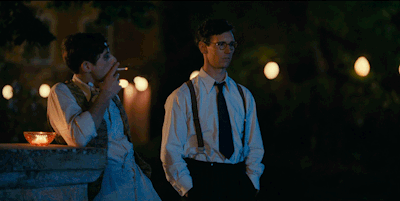
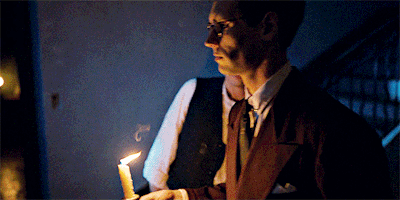



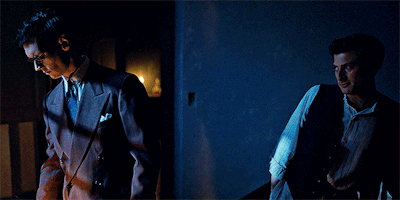
important gifs by @verarin-i-love-i-love-i and @barrowsteeth 💖
#transatlantic#because i needed it in one post together okay#oh thomas#with your eyes and knowing varian and that he´ll come to you#the confidence#born from their history#the familiarity#i love it so much#whether varian is in his head and panicking and hesitating#or suddenly bold and flirty#thomas looks and waits and knows varian#but also knows what he himself wants#and says what he wants#but leaves room for varian if he feels it´s necessary#anyway#i will need to write so much fic#about their time in berlin#our berlin#tarian#lovefry
55 notes
·
View notes
Text
Varian Fry from Transatlantic is mlm!



#transatlantic#varian fry#lgbt history#lgbtq community#lgbt#lgbt rights#lgbtq#lgbtpeople#mlm#mlm positivity#mlm pride#mlm representation
22 notes
·
View notes
Video
youtube
DAY BY DAY: The story of the Titanic Episode 4 - Queenstown April 11th, 1912. Titanic is in Queenstown, Ireland, her final port of call. After picking up her remaining passengers she heads for the open sea.

As Titanic left for America she stopped once at Crosshaven, County Cork to drop off the pilot.

Titanic passes the Old Head of Kinsale steaming away from Queenstown, Ireland, never to see land again.
Ar dheis Dé go raibh a anam—We shall remember them.
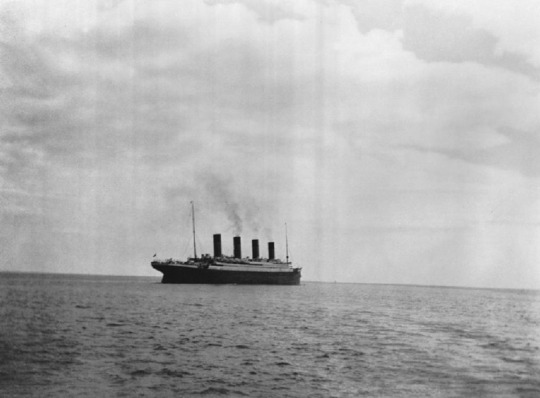
see https://twitter.com/TitanicNewYork for photos.
#youtube#blue star line on youtube#white star line#on this day#history#ocean liner#transatlantic#crossing#Ireland
6 notes
·
View notes
Photo
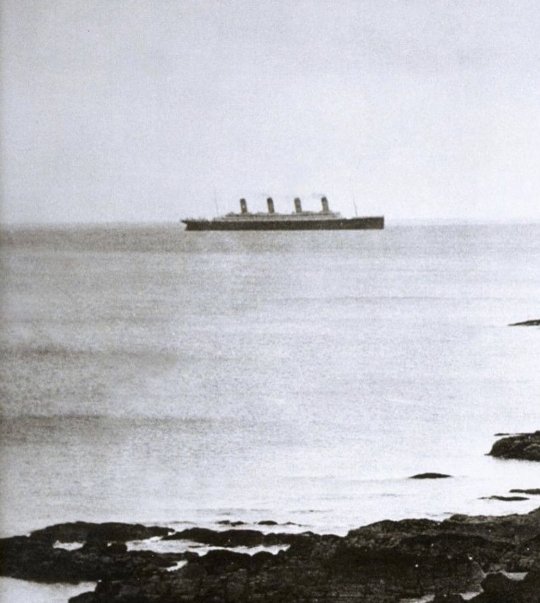
The last known picture of the famous Titanic, April 11, 1912.
Source: World Of History
176 notes
·
View notes
Text
i find alastor's accent very interesting for a number of reasons. He has a transatlantic accent, which is a sort of cross between British and American accents, but even during the time when it was used, it wasn't natural; it was the accent used in television so that films would be palatable for both British and American audiences. This accent was probably chosen since it was popular during the time he was alive, but also since he was a radio show host, and would have used the exact same accent during his show. But it isn't a "real" accent, so it's very unlikely that it's his actual voice or accent. If he were to have an accent (aside from just a plain American accent), it would likely be southern, since he canonically grew up in New Orleans. But we never hear him use any voice besides his radio voice (yet). So my thought process at first was just "huh, that's a fun little detail, since he's from the 20's-30's and had a radio show, it makes sense for him to use a transatlantic accent!" But now I'm thinking it might go a little deeper than that. I've seen a lot of talk about how he might end up dropping his signature Creepy Smile, and a few theories about how it would be a sign of him being redeemed. I'm thinking his accent and smile might be connected in a way. I know it's a kind of a long shot, but i wouldn't be surprised if he drops the accent at the same time he drops the smile.
#accent history#transatlantic accent#hazbin hotel#hazbin hotel theory#hazbin hotel thoughts#alastor#hazbin alastor#hazbin hotel alastor
11 notes
·
View notes
Text


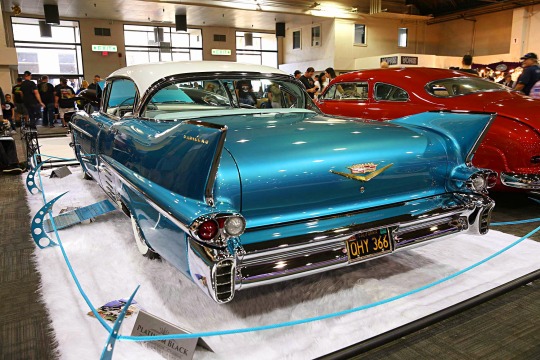
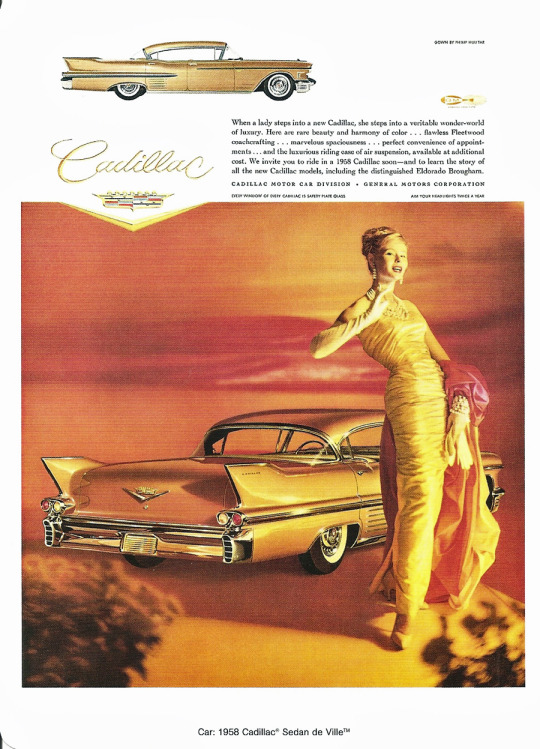
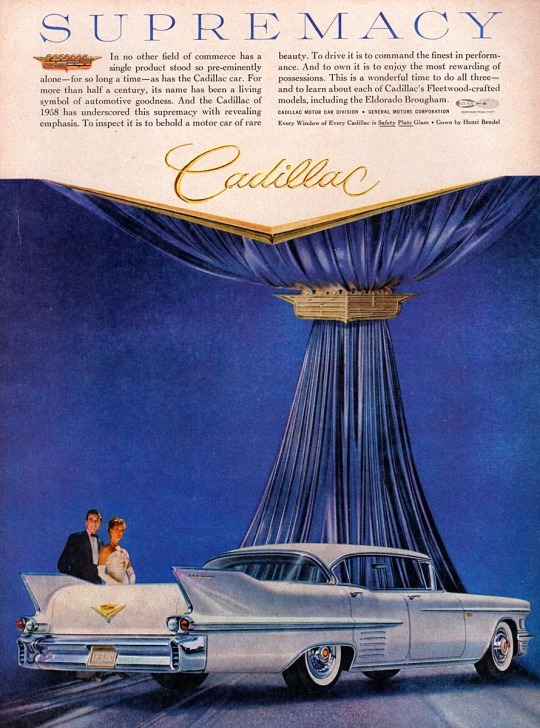

🇺🇲 Cadillac DeVille: A Legacy of Luxury and Innovation. This symbol of style and innovation has captured hearts for decades. Let's explore its evolution and impact on the automotive world.
👑 The Coupe de Ville and Sedan de Ville models became not just cars, but symbols of luxury in the 1950s, thanks to their comfort and power. From the extravagant tailfins of the 1950s to smoother lines and modern style in subsequent decades, the Cadillac DeVille has always been at the forefront of design.
⚙️ With Cadillac DeVille came new technologies and innovations, from cutting-edge safety systems to state-of-the-art entertainment. Despite changes over time, the DeVille remained popular, attracting buyers with its comfort and luxury.
🚘 With the discontinuation of the DeVille in 2005, an era came to an end, but its legacy lives on in Cadillac models that continue the tradition of luxury and refinement.
#Transatlantic Torque#Brits and Yanks on Wheels#american cars#made in usa#made in america#cars#cadillac#cadillac deville#deville#de ville#brands#gm#general motors#companies#division#1950s cars#1950s#1950s history#history#old cars#old car#vehicle#luxurycars#luxury#retro cars#cool cars#muscle car#automotive#old technology
15 notes
·
View notes
Text
"Slaveowners sexually assaulted and abused their women slaves—and demanded reproduction from them. Rape was used as a tool to both force the women into submission and increase the profit of slaveholders through breeding. The slaves did their best to resist and rebel against such violence, while white women failed to oppose the gruesome behavior perpetrated by their husbands."
#transatlantic#slave trade#history#myths#truths#facts#random facts#interesting facts#class war#oppression#oppressor#free all oppressed peoples#pedagogy of the oppressed#oppressive#repression#ausgov#politas#auspol#tasgov#taspol#australia#fuck neoliberals#neoliberal capitalism#anthony albanese#albanese government#colonialism#colonial violence#colonization#colonial america#colonial history
4 notes
·
View notes
Photo
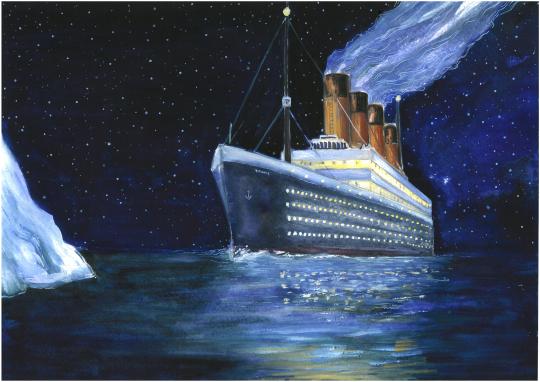
Titanic goes to eternity (2019)
#titanic#rms titanic#ship#shipwreck#transatlantic#north atlantic ocean#marysmirages#my art#artist#artists on tumblr#watercolor#painting#drawing#art#history#coldwater
204 notes
·
View notes
Text
New Patreon Post!!
Slavery in South Carolina and European Immigrants Shifting Views Towards Slavery
This post is by far my longest post on Patreon, is a refurbished version of a paper I did during a capstone class for my anthropology program. I would love for any of you interested in the role of non-English slave owners within the American south to give it a read. ❤️❤️❤️
#black spiritualist#hoodoo tumblr#black spiritualism#hoodoo#african american spirituality#african american culture#black spirituality#black tarot readers#rootwork tumblr#african american folklore#african ancestry#african american history#black history year#black writers#support black creatives#support black content creators#support black writers#slavery#transatlantic slave trade#american history#african americans#rootworker tumblr#rootwork#black tumblr#black witches#woc witches#witches of color#etsydigital#numerology
4 notes
·
View notes
Text
Watched Transatlantic last night and it had me thinking about an essay I wrote a few years ago about art as a form of resistance in Nazi occupied parts of Europe. Art is such a deeply powerful tool, as the Nazis very much recognized, and as arguments occur NOW about book banning and censorship it seems particularly important that we remember why people ban/try to ban certain art, and why it's important not to let them.
#if youre interested in this i recommend reading about composer Martin Rosenberg and his choir#and listening to the song he composed 'tsen brider'#not yr#transatlantic#world war 2#banned books#history
20 notes
·
View notes